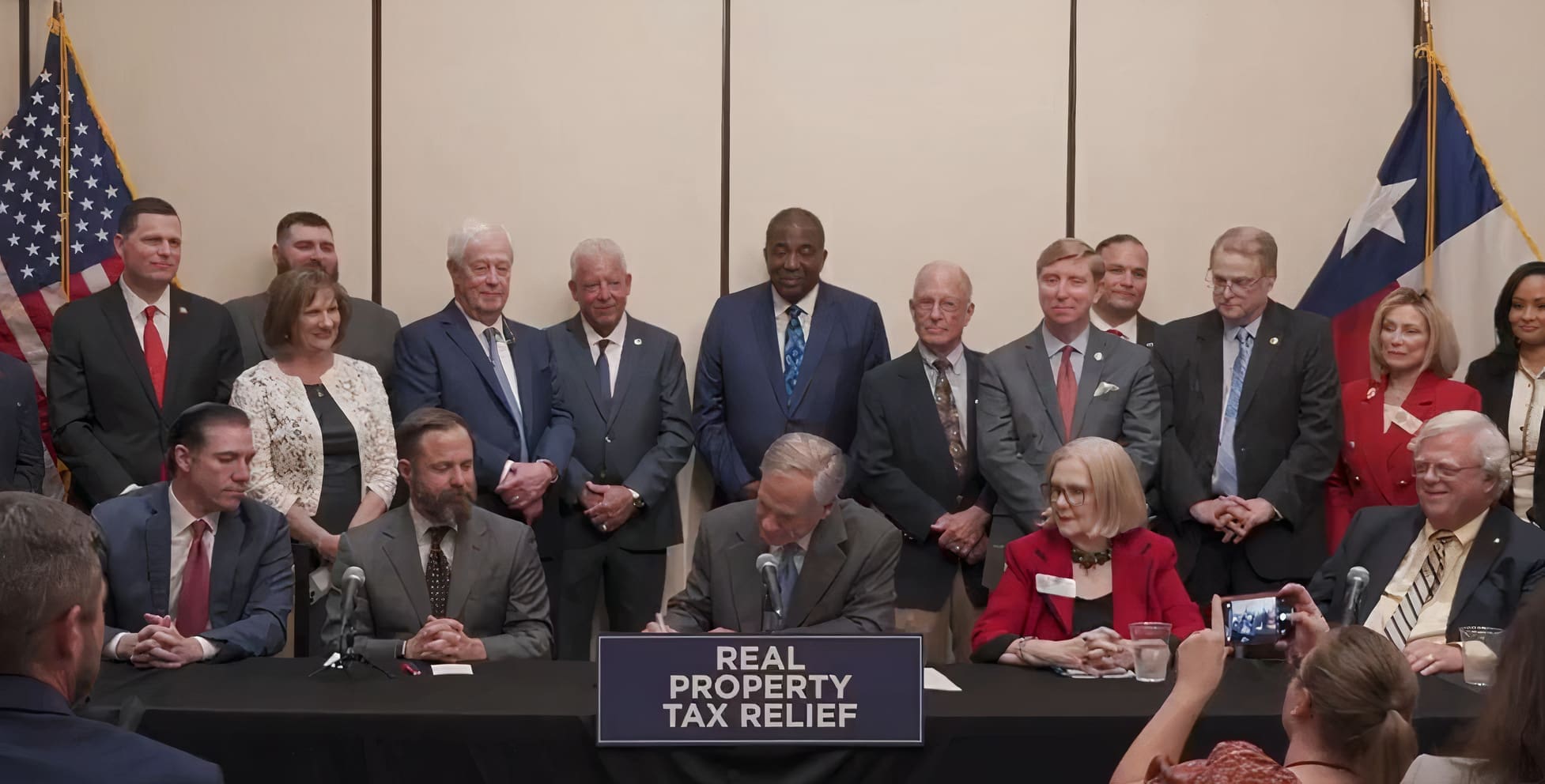The blame for Texas’ local debt epidemic is typically assigned to city councils and school boards. But little attention is given to the unelected boards that govern Tax Increment Reinvestment Zones (TIRZ), which also have the ability to tax and borrow on behalf of taxpayers.
Houston voters approved a revenue cap on property taxes back in 2004, which was enacted to serve as a form of taxpayer protection to control governmental growth. Since that time, however, Houston has seen a TIRZ explosion throughout the city. The reason is simple: while the revenue cap limits property tax revenue growth, TIRZ tax revenue doesn’t count towards the cap.
The exception is found in the 2004 charter amendment. All property tax revenue is subject to the cap, “excluding ad valorem tax revenues required by state law to be deposited in a tax increment fund.” Every single dollar collected by a TIRZ is excluded, along with sales tax, airport fees, and water fees. Aside from non-TIRZ property taxes, the city has a never-ending source of uncapped revenue.
City officials often mislead the public by claiming the revenue cap limits their ability to provide basic public services to a fast-growing community such as Houston. But the revenue cap is determined by combining the rate of population growth and inflation, a growth metric championed by the Texas Public Policy Foundation and respected economists. In other words, the cap simply allows tax revenue to grow proportionately. It doesn’t shrink the size of government—it controls its growth.
If growth requires bigger city budgets, the cap will accommodate that. Otherwise the Mayor should be looking within the budget to prioritize resources. In fact, the limit of tax burdens is precisely what requires officials to be more prudent with existing funds, as opposed to always squeezing residents for more money.
An often-overlooked fact is that an additional $90 million was added annually to city revenue in 2006 to fund public safety expenditures. City officials make the alarming claim that they cannot fund police and firefighters without a tax increase on Houstonians even though it’s clear their spending addiction, not a shortage of revenue, is the primary problem.
Houston officials have discovered the alternative to raising property taxes is to simply increase the number of TIRZs. Their cancerous expansion around the city is a direct result of officials realizing it was a way to bypass the voter-imposed cap. TIRZ revenue was about $30 million in 2006, and has since skyrocketed to roughly $135.9 million in 2014. As a result, the city has significantly more revenue per resident today than when the cap was imposed in 2004, after adjusting for inflation.
According to the charter, the use of TIRZ funds is restricted to the areas in which they are collected. The fund may only be used to make the area more economically attractive and drive growth. The only TIRZs generating enough revenue to reinvest, however, are in affluent parts of the city. These TIRZs then recycle funds and reinvest them into nonessential projects from parks to playgrounds. At the same time, some less funded TIRZ can’t even afford to replace aging fire hydrants or repave streets. Without proper infrastructure, there is less economic development, and without property development, there is no incremental revenue to reinvest.
A better understanding of how the tax cap functions also dispels the myth that TIRZs only raise tax burdens for residents living inside the zone. Remember, only non-TIRZ property tax revenue counts towards Houston’s revenue cap. Once the cap is hit, property tax rates are automatically reduced to limit the growth in revenue collected by the city. But if TIRZ property tax revenue also counted towards the revenue cap, it would be reached much more quickly, and the property tax rate for all Houston residents would be even lower than under the current system.
It’s clear that TIRZ abuse began when officials realized it allowed them the ability to raise tax burdens without affecting the cap. Some, such as Council Member Stardig, make the case for revisiting all TIRZs to ensure their effectiveness. But others, including those who may benefit from them, oppose any change to the current system.
According to Mayor Parker, the city has hit the limit of land legally allowed to be in a TIRZ. Since the notion of spending reforms is such a farfetched idea for Houston’s big-government politicians, it’s likely they’ll continue to saddle residents with ever-increasing taxes.




